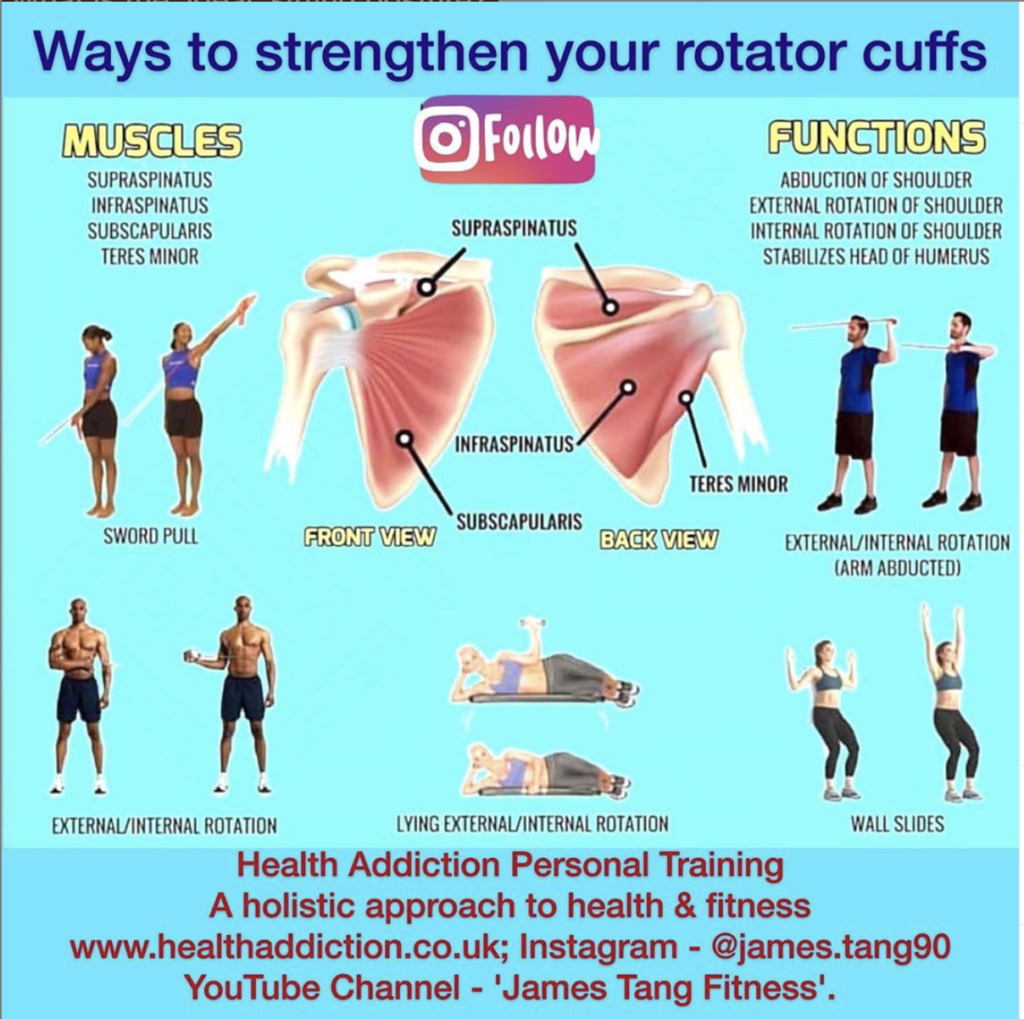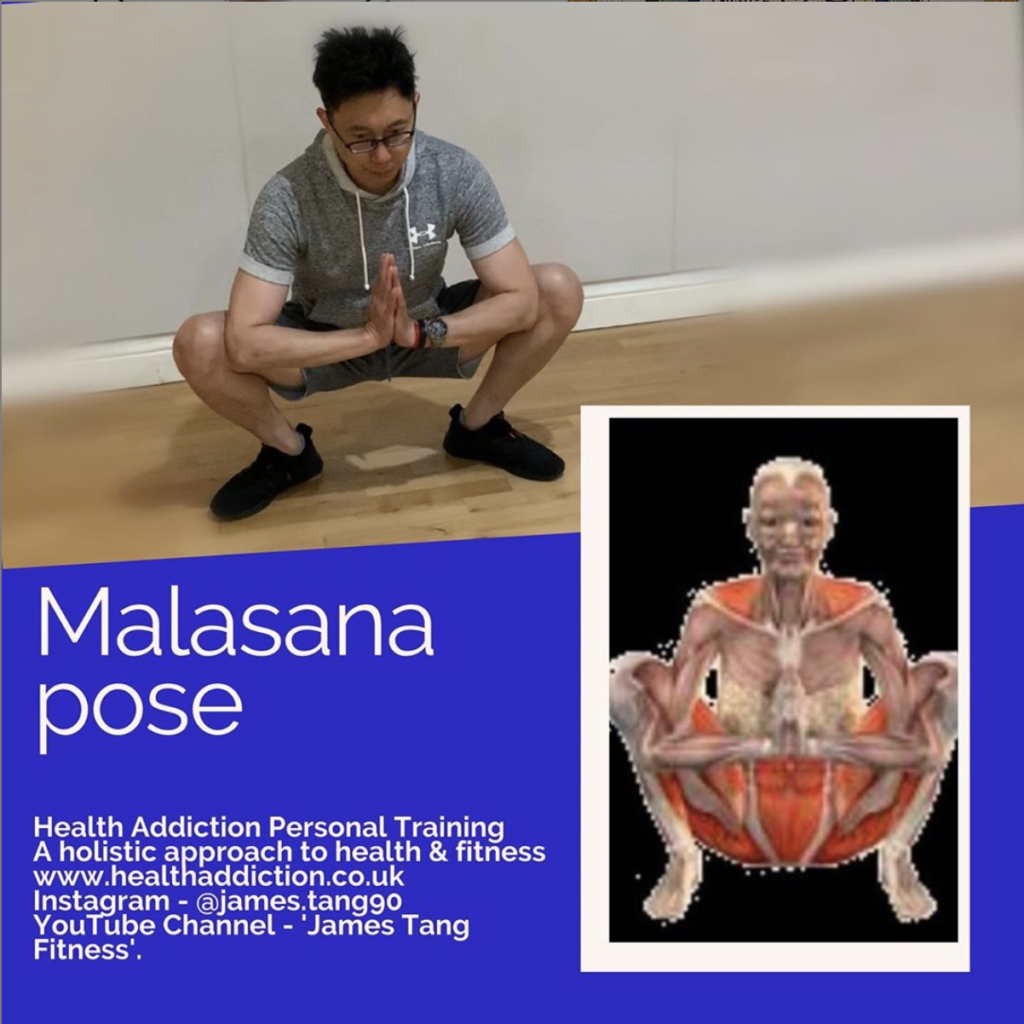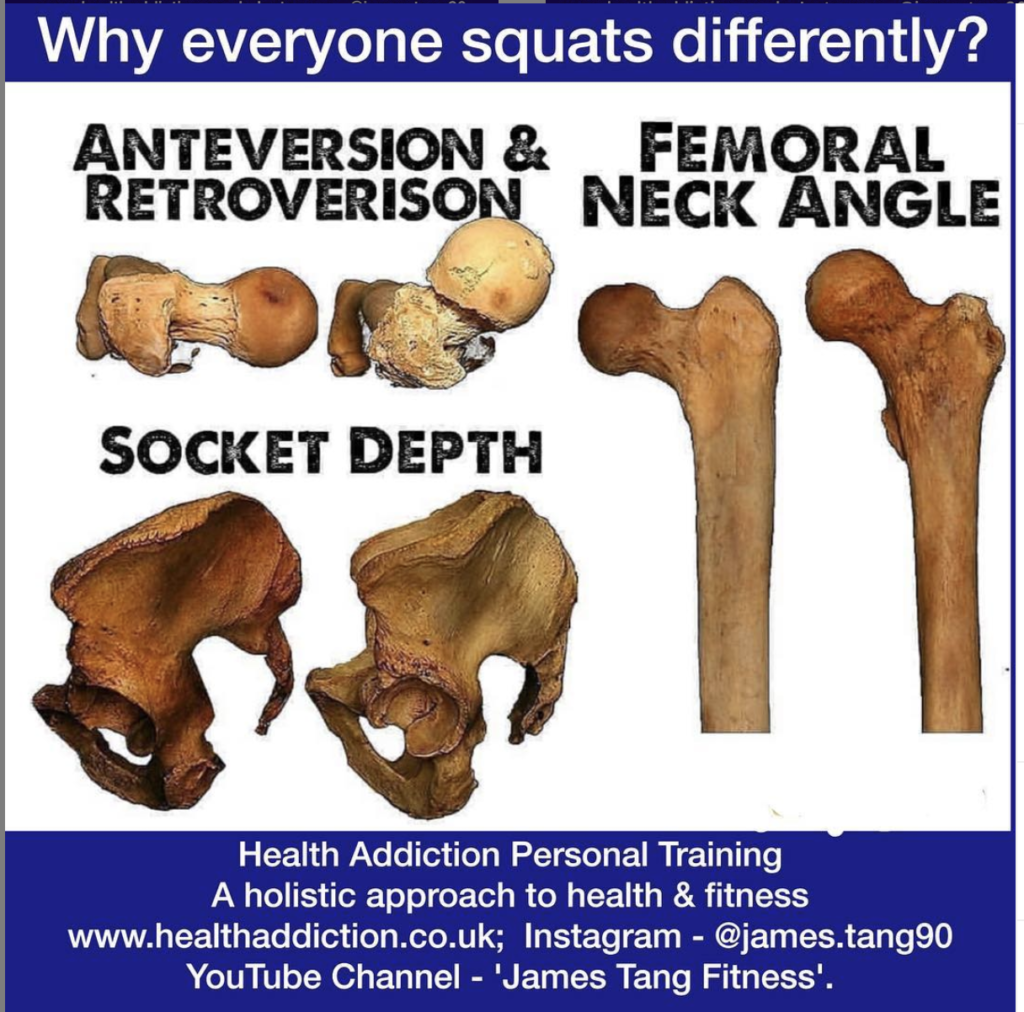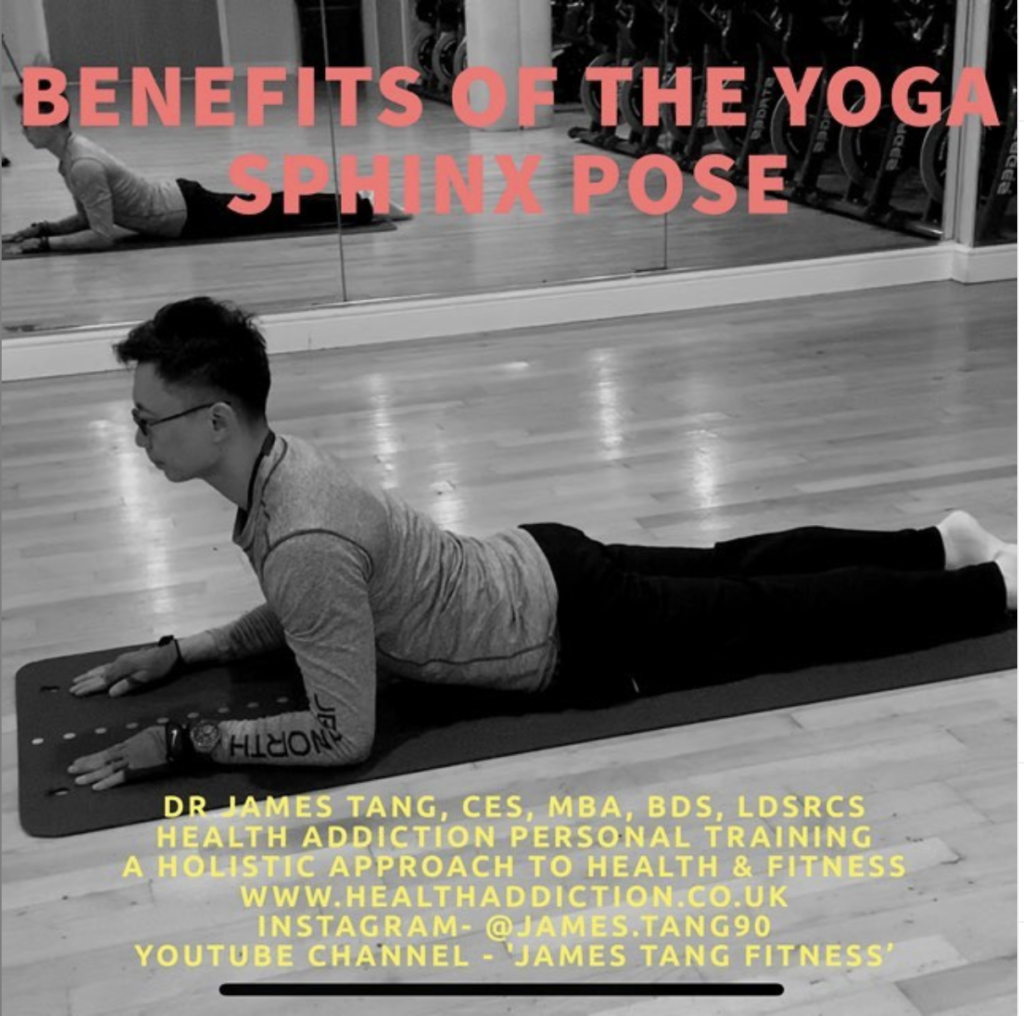Anatomy: Shoulder, Hips, & Spine with Dr. James Tang
Anatomy: Shoulder, Hips, & Spine with Dr. James Tang
Dr. James Tang is a former dentist who suffered from postural disorders which led him to explore and pursue a career as a personal trainer and corrective exercise specialist. I have found James’s posts to be informative and clear and wished to share a small sampling. Links below for more info about James Tang Fitness.
Rotator Cuffs
James Tang writes:
The rotator consists of a group of four muscles that help lift your arm and rotate it away from your body. These muscles also move the head of the shoulder bone during elevation of your arms. These muscles act as dynamic stabilisers while you are lifting your arms up away from your body.
Unfortunately, the muscles are prone to inflammation and tears during overhead activities or due to wear and tear. An important way to reduce tears or rotor cuff injury is by strengthening these muscles. The exercises in this post will show you how to strengthen the muscles of your rotator cuff.
Garland Pose / Malasana
James Tang writes:
Malasana refers to a wide-footed, deep squat – also referred to as garland pose or upavesasana.
Let’s face it, if you don’t live in a culture where squatting is part of everyday life, malasana can feel weird at first. However, we perform squatting motions every day (getting up out of a chair, sitting down in a car, or picking something up off the floor), so this pose is hugely relevant. Unfortunately, in Western society, our reliance on chairs, together with poor postural habits, has made malasana more and more challenging.
Malasana requires mobility and stability in the ankles, knees, hips, pelvis, and spine. The ability to perform the deep squat requires appropriate closed-kinetic chain (weight-bearing) dorsiflexion of the ankles; knee and hip flexion; the combined movement of the lumbar spine and the pelvis; axial extension (lengthening) of the spine; and slight shoulder flexion.
Benefits – Malasana helps to open up the hips joint and groin muscles, mildly stretch the lower hamstring around the ankles and the muscles of the back and neck. It tones the organs in the abdomen, thereby improving digestion and metabolism.
Anatomy of the Squat
James Tang writes:
There is no one size fits all squat position. Why some people have a tough time squatting deep, and why some people are amazing at pistols while others can’t do them at all.
The hip joint is made up of a “socket” on the pelvis (called the acetabulum) and the femoral head. Around the hip joint are a lot of muscles, a joint capsule, and connective tissue. There are many other anatomical considerations when considering a squat, but let’s focus on the hip.
Humans, however, are not all the same and the way the femur and hip socket is shaped can vary from person to person, which will make the way they squat differently.
We need to consider:
1. Femoral neck angle
2. Length of the femoral neck
3. Version/torsion of the femur
4. Combination of femoral variations
5. Hip socket orientation
6. Depth of Hip Socket – generally, the deeper the hip socket, the less range of motion as there is more bony coverage.
When someone has difficulty squatting, or their feet turn out, or they like a wide stance, we need to consider the anatomical variations of their hip joint. Happy squatting.
Sphinx Pose
James Tang writes:
Sphinx Pose is an entry-level backbend – Supported Cobra Pose – it allows new yogis, or even yogis with back pain, to access the benefits without adding pressure to the spine.
Salamba Bhujangasana strengthens the spine while stretching the chest, the shoulders, and the tummy. It expands the lungs and stimulates the abdominal organs and digestive system and improves blood circulation to rejuvenate your back.
The beauty of Salamba Bhujangasana is its accessibility for nearly every level of experience, and is a relatively safe pose. With that said, pregnant women should avoid this pose given its belly-down nature. Furthermore, anyone that’s had abdominal pain, symptoms, surgery, or rib injuries should avoid it as well. Anyone with a recent back injury should steer clear until ample time for healing has passed.
About Dr. James Tang
Instagram: More than 950 posts on anatomy, training, and healthy liviing.
Website: Read more about J. Tang here.
Youtube: View his videos.
Book: “A Practical Guide to the Self-Management of Lower Back Pain: A Holistic Approach to Health and Fitness”





Good stuff, Satyam! Thank you. I like the depth of information.